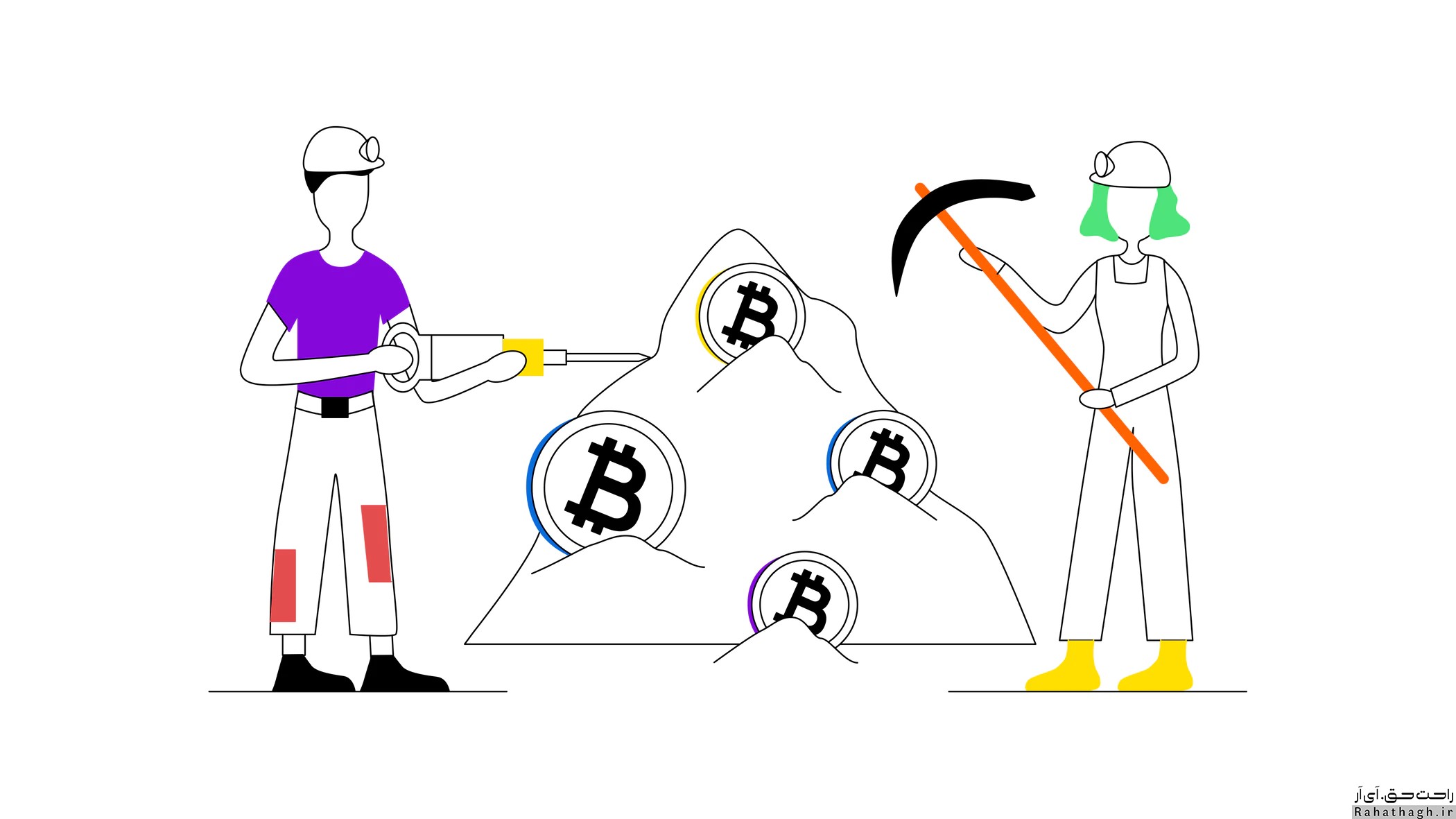For the first time in history, the difficulty of the Bitcoin network is likely to decrease by 21%

Following the mass exodus of miners from China, the difficulty of bitcoin mining is expected to decrease to the level recorded in early 2020 by the first day of July.
According to Dylan LeClair of the 21st Paradigm monetary advisory team, the Bitcoin network will lose 21% of its difficulty after the next adjustment. These periodic settings are encoded in the Bitcoin mechanism in such a way as to ensure the stability of the block generation time. Similarly, when miners are out of the network, the difficulty of the network is reduced to compensate for the loss of their computing power.
Two-digit adjustment of network stiffness (whether positive or negative) is relatively rare. With that said, the next 21.1 percent drop could be the biggest drop in Bitcoin history. On the other hand, the revenue of bitcoin miners has reached $ 23 million per day, down 64.5% from the peak recorded in May 2021.
Migration of miners
"Following the regulatory restrictions imposed by the Chinese government, miners are migrating to countries such as Kazakhstan, the United States and even African countries, selling their bitcoins to pay for equipment transfers," he said. . This is one of the main catalysts for increasing sales pressure.
According to BTC.com, after this reduction, the hardness of the Bitcoin network will probably reach 16.25 T, which was last seen in May 2020. It should be noted that the difficulty of extracting bitcoins is adjusted every two weeks, and the previous two adjustments have been associated with a decrease of 16 and 5 percent.
